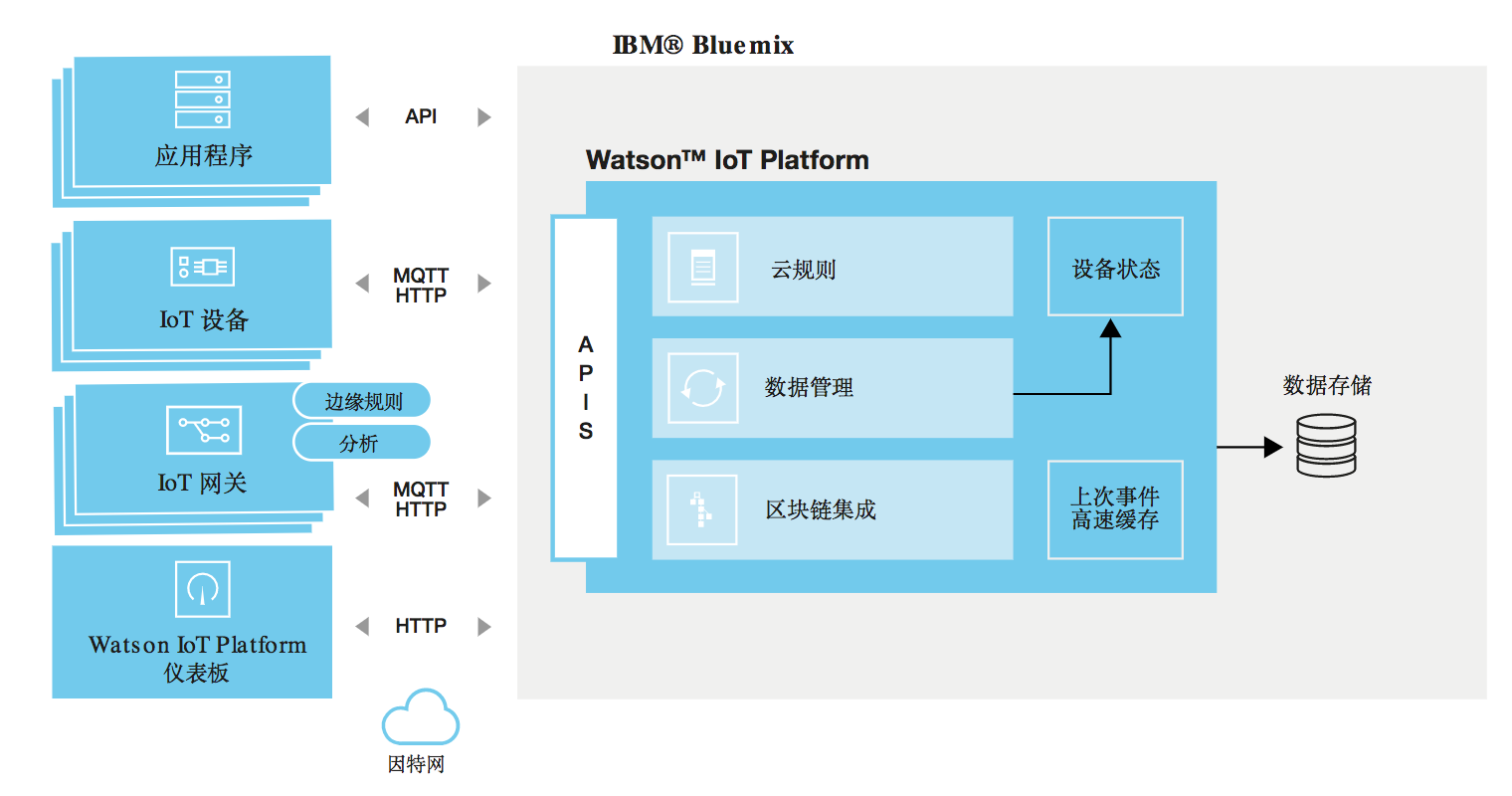|
Introduction: In the digital age, where technology has become an integral part of our lives, protecting sensitive information and data from cyber threats is of utmost importance. Cybersecurity awareness training plays a crucial role in equipping individuals with the knowledge and skills needed to safeguard themselves and their organizations against malicious activities. This article explores the significance of cybersecurity awareness training and highlights innovative approaches to enhance its effectiveness. Understanding Cybersecurity Awareness Training: Cybersecurity awareness training refers to educational programs designed to educate individuals about potential cyber threats, best practices for secure online behavior, and the measures they can take to protect themselves and their organizations. Such training aims to develop a proactive security mindset among users, enabling them to identify and respond to cyber risks effectively. The Importance of Cybersecurity Awareness Training: Mitigating Human Error: Studies have shown that human error is a significant contributor to security breaches. By raising awareness and providing training, organizations can reduce the likelihood of employees falling victim to phishing attacks, social engineering tactics, or other forms of cyber exploitation. Strengthening Defense Layers: Cybersecurity awareness training complements technical security measures by creating an additional layer of defense. When employees are well-informed about common threats, they become an essential part of the organization's overall security posture, acting as vigilant gatekeepers against potential intrusions. Promoting a Security Culture: Effective cybersecurity awareness training fosters a culture of security consciousness within an organization. When employees understand the importance of cybersecurity and feel empowered to report suspicious activities, it creates a collaborative environment where everyone takes responsibility for maintaining a secure digital landscape. Enhancing Effectiveness: To make cybersecurity awareness training more effective, organizations can adopt the following approaches: Tailored Training Programs: Recognizing that different roles within an organization face unique cybersecurity risks, customized training programs should be developed. These programs can address specific vulnerabilities and provide role-based guidance, making the training more relevant and engaging for participants. Gamification and Simulations: Introducing interactive elements like gamification and simulations can make cybersecurity training more enjoyable and immersive. These techniques encourage active participation, reinforce knowledge retention, and allow users to experience real-life cyber threats in a controlled environment. Continuous Education and Reinforcement: Cybersecurity threats evolve rapidly, so training should be an ongoing process. Regularly updating training materials, conducting refresher courses, and sharing information about emerging threats help to keep users informed and vigilant. Metrics and Evaluation: To gauge the effectiveness of cybersecurity awareness training, organizations should establish metrics and evaluation mechanisms. This allows them to measure the impact of training initiatives, identify areas for improvement, and adapt their strategies accordingly. Conclusion: In today's digital landscape, where cyber threats are becoming increasingly sophisticated, cybersecurity awareness training is essential for individuals and organizations alike. By arming users with the knowledge and skills needed to navigate cyberspace securely, organizations can significantly reduce the risk of successful cyber attacks. Embracing innovative approaches, tailoring training programs, and ensuring continuous education are key steps towards enhancing the effectiveness of cybersecurity awareness training in protecting against evolving threats.  |
